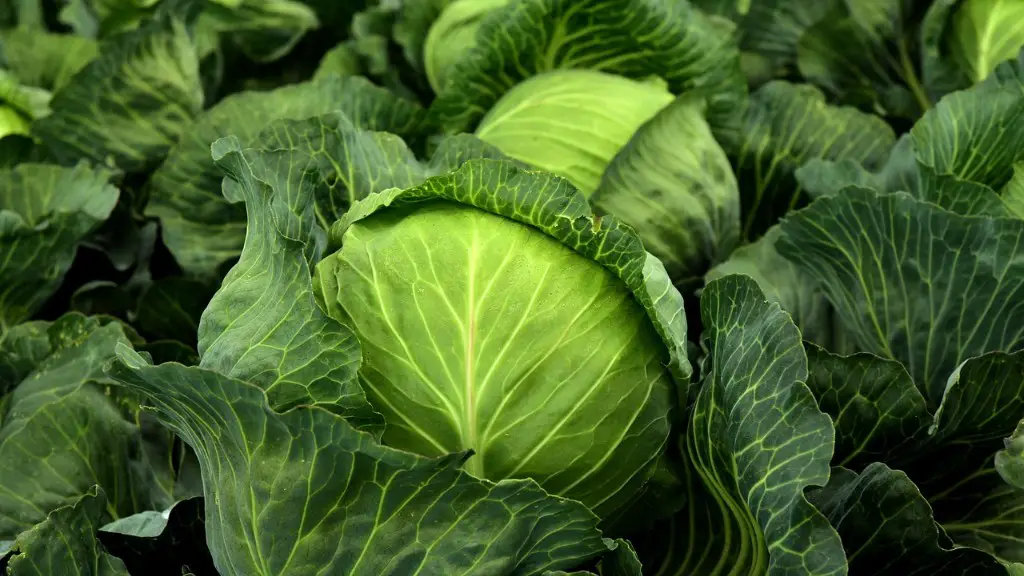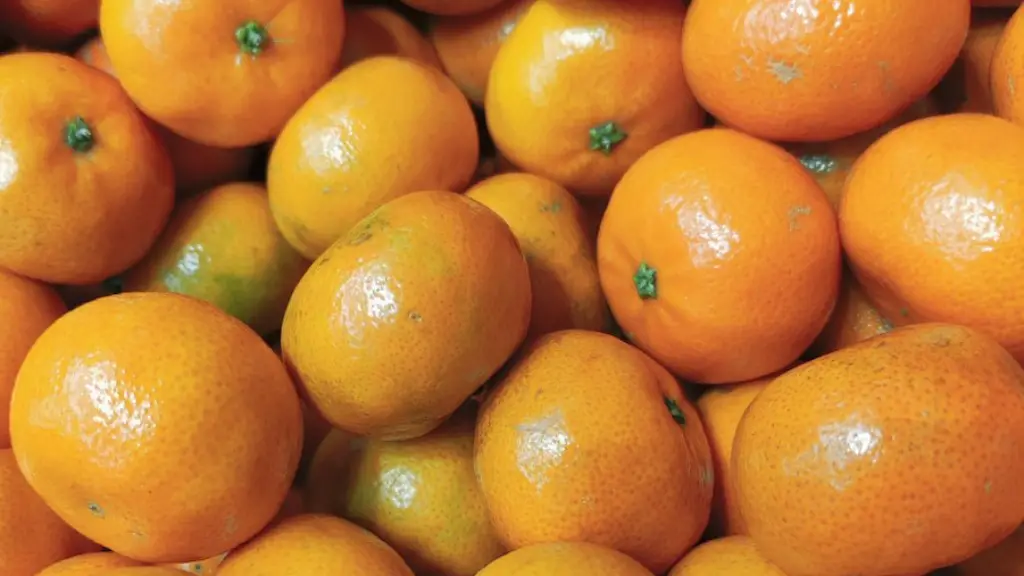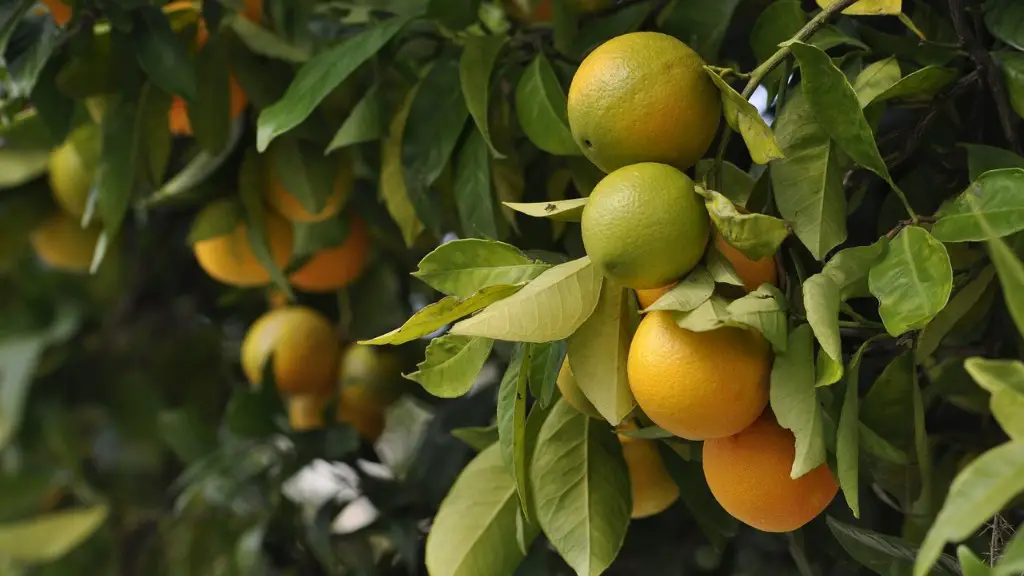Today, a third of the Earth’s landmass is used for the purpose of agriculture. This means that for a large part of the earth’s population, the land used for agricultural purposes is essential for their livelihoods. But how much of the land is used for this purpose? And how sustainable is the amount of land used for agriculture?
When it comes to the amount of land used for agricultural purposes, it is estimated that around 38% of the Earth’s total surface area is utilized for farming. Of this, a staggering 67% is used for the production of crops, while the remaining 33% is used for livestock and other agricultural activities.
When it comes to sustainability, it is evident that some changes need to be made in order to ensure that agricultural land is used in a productive and beneficial way. For instance, much of the land used for farming is not sufficiently managed, and this has led to soil erosion and desertification in many parts of the world. Additionally, inadequate irrigation methods, as well as overuse of pesticides and fertilizers, can have a detrimental effect on soil health, leading to reduced yields and decreased fertility.
To ensure that land used for agricultural purposes is managed sustainably, it is essential that farmers practice rotational cropping and employ effective irrigation and pest management techniques. Additionally, governments must set aside protected lands for conservation purposes, as this helps to preserve biodiversity, which in turn can improve the health and productivity of agricultural land.
Ultimately, it is evident that the amount of land used for agricultural purposes is significant, and this has far-reaching impacts on both the environment and the economy. Therefore it is essential that we work towards using this land in a sustainable and productive manner, in order to ensure the continued health of our planet.
Factors Affecting the Amount of Land Used for Agriculture
Several factors can influence the amount of land used for agricultural purposes. For instance, population growth has led to pressure on land availability, which has in turn pushed up the demand for food, resulting in an increase in the amount of land used for farming. Additionally, the rise in industrialization has resulted in less land being available for cultivation, as more land is now being utilized for housing and other commercial activities.
Climate change is also having a significant effect on the amount of land used for agriculture. For example, changes in temperature and rainfall have resulted in shifts in arable land, while increasing temperatures have also resulted in an increased risk of drought, which can lead to decreased soil fertility and crop yields. Additionally, decreasing water levels have caused water scarcity in some areas, resulting in a decreased ability to irrigate crops.
Finally, human activities can have a major impact on the amount of land used for agriculture. In particular, land that is converted to urban areas or used for large-scale infrastructure projects can no longer be utilized for farming. Similarly, land that is used for agricultural purposes may need to be re-purposed in order to meet other social and economic goals.
Impacts of the Amount of Land Used for Agriculture
The amount of land used for agriculture can have a significant impact on the environment and society overall. For instance, increased demand for food can lead to increased deforestation, which can have a detrimental effect on biodiversity. Furthermore, soil erosion caused by ill-managed farming practices can lead to decreased soil fertility, resulting in decreased crop yields. Additionally, water pollution due to the over-application of chemicals can be detrimental to fish populations and other aquatic life.
On the social and economic front, the amount of land used for agricultural purposes can have a direct effect on the livelihoods of farmers and other rural communities. This can be especially true when the land is not sufficiently managed, or when it is used ineffectively or excessively, as this can lead to decreased crop yields, resulting in less income for farmers. Additionally, as more land is converted to other purposes, farm workers may be displaced, leading to a decrease in job opportunities.
Finally, increased demand for food can affect food prices, with rising demand leading to increased prices. This can be especially damaging in developing countries, as these countries are often the most reliant on imported food, meaning that rising prices can severely impact their population’s access to food.
Measures to Enhance Sustainability of Land Used for Agriculture
In order to ensure the sustainable use of land used for agriculture, governments and other stakeholders must take measures to ensure that this valuable resource is managed effectively. For example, farmers must be encouraged to practice rotational cropping, and to employ effective irrigation and pest management techniques. Furthermore, investments must be made to improve the efficient use of water, as well as the technologies used to manage land used for agriculture.
Governments must also set aside protected lands for conservation purposes, as this helps to preserve biodiversity and prevent land degradation. Additionally, governments must support research into sustainable farming practices, as this can help farmers to produce more with less, utilizing existing land more efficiently.
Finally, governments must be mindful of the social impact of land usage changes. When land is taken away from agriculture and used for other purposes, such as housing or commercial activities, farmers and other rural communities must be compensated fairly and adequately, in order to ensure that their livelihoods are preserved.
Conclusion
It is evident that the amount of land used for the purpose of agriculture is significant, and this has tremendous impacts on both the environment and society overall. Therefore, it is essential that measures are taken to ensure that this precious resource is managed sustainably and in a way that benefits both the environment and the people that rely on it.



